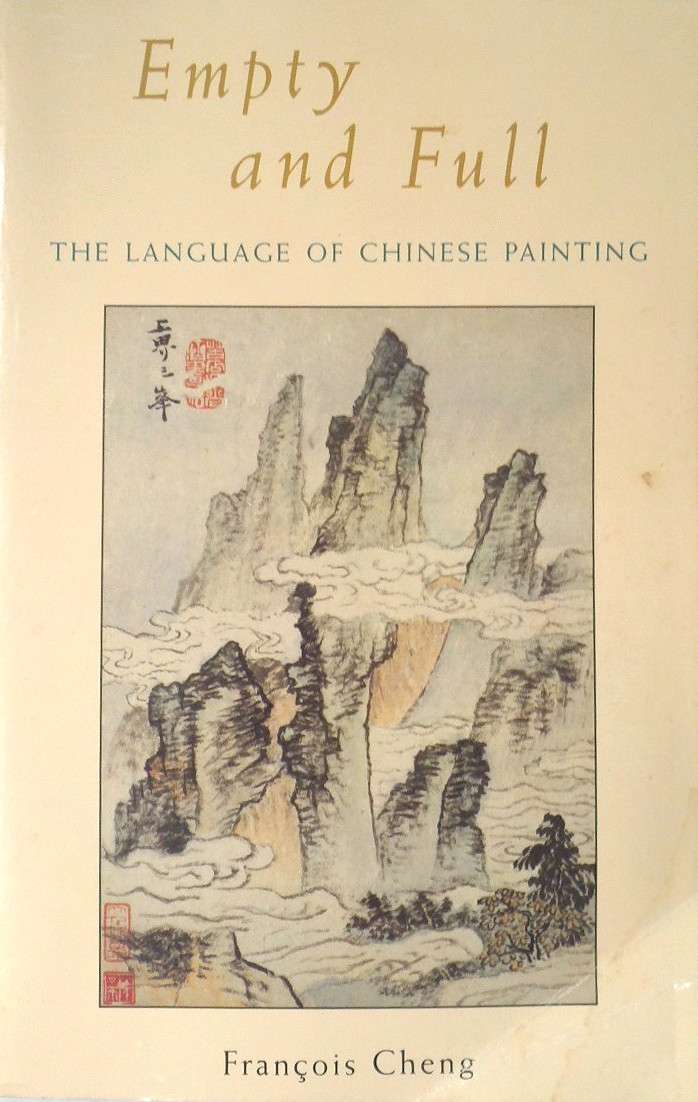Ernst Cassirer: Form and Technology (1930–) [DE, EN]
Filed under paper | Tags: · philosophy, philosophy of technology, technology, theory
“Ernst Cassirer’s outline of a philosophy of technology in the essay ‘Form und Technik’ (1930) was written against the background of the crisis of modernity in the Weimar Republic. It may be read, along with Heidegger’s ‘The Question Concerning Technology’, as a continuation of their debate in Davos in 1929. However, Cassirer’s unnamed antagonist here is Oswald Spengler, in whom Cassirer saw a leading representative of the widespread irrational and fatalistic interpretations of modernity that threatened the future of the Weimar Republic. Cassirer’s reading of the disclosive, liberating possibilities of technology points to an affinity between modern technology and art as opposed to the affinity between ancient technology and art that Heidegger discerns in the original conception of techne.” (David Roberts, 2012).
First published in Kunst und Technik, ed. Leo Kestenberg, Berlin: Wegweiser, 1930, pp 15-61.
Reprinted in Cassirer, Symbol, Technik, Sprache. Aufsätze aus den Jahren 1927–1933, eds. Ernst Wolfgang Orth and John Michael Krois, Hamburg: Meiner, 1985, pp 39-91.
Reprinted in Cassirer, Gesammelte Werke. Hamburger Ausgabe. Band 17: Aufsätze und kleine Schriften (1927-1931), ed. Birgit Recki, Hamburg: Meiner, 2004, pp 139-183.
English translations:
Translated by Wilson McClelland Dunlavey and John Michael Krois, in Ernst Cassirer on Form and Technology, eds. Aud Sissel Hoel and Ingvild Folkvord, Palgrave Macmillan, 2012, pp 15-53.
Translated by Steve Lofts, Antonio Calcagno, John Krois, and Wilson Dunlavey, in Cassirer, The Warburg Years (1919-1933): Essays on Language, Art, Myth, and Technology, Yale University Press, 2013, pp 272-316. Trans. from 1985 edition.
German editions:
HTML (1930)
PDF (1985)
DOC (2004)
English translations:
PDF (2012)
PDF (2013)
Fritz Neumeyer: The Artless Word: Mies van der Rohe on the Building Art (1986/1991)
Filed under book | Tags: · architecture, modernism, philosophy, theory

“Mies van der Rohe’s architecture has been well documented, yet his writings, which contain the key to understanding his work, have been largely unexplored. From a body of writing that is surprisingly large for the self-described “unwilling author,” Fritz Neumeyer reconstructs the metaphysical and philosophical inquiry on which Mies based his modernism.
An appendix presents all of the essential texts by Mies, including some that have not previously appeared in English. Of special interest is the manuscript notebook from the Mies van der Rohe Archive in the Museum of Modern Art, New York, dating from the crucial years 1927-28 and published for the first time in this book.”
First published as Mies van der Rohe. Das kunstlose Wort. Gedanken zur Baukunst, Siedler, Berlin, 1986.
Translated by Mark Jarzombek
Publisher MIT Press, 1991
ISBN 0262140470
xxii+386 pages
PDF (26 MB)
Comment (0)François Cheng: Empty and Full: The Language of Chinese Painting (1979–) [ES, EN]
Filed under book | Tags: · art criticism, art history, china, painting, philosophy, semiotics

“Chinese painting might be called ‘philosophy in action,’ for it is one of the highest expressions of Chinese spirituality. Both a medium for contemplation leading to self-transcendence and a microcosm embodying universal principles and primal forces, it is a means for making manifest the Chinese worldview. At the heart of this worldview is the notion of emptiness, the dynamic principle of transformation. Only through emptiness can things attain their full measure and human beings approach the universe at the level of totality. Focusing on the principle of emptiness, François Cheng uses semiotic analysis and textual explication to reveal the key themes and structures of Chinese aesthetics in the practice of pictorial art. Among the many Chinese writers, poets, and artists whose writings are quoted, he gives special emphasis to a great Ch’ing dynasty theoretician and painter, Shih-t’ao. Twenty-seven reproductions of the words of Shih-t’ao and other masters illustrate the interpretive commentary.”
First published as Vide et plein: le langage pictural chinois, Seuil, Paris, 1979.
Translated by Michael H. Kohn
Publisher Shambhala, Boston and London, 1994
ISBN 0877739560, 9780877739562
ix+158 pages
via doublr
Vacío y plenitud (Spanish, trans. Amelia Hernandez and Juan Luis Delmont, 1985/93, 13 MB, via Amir Brito)
Empty and Full (English, trans. Michael H. Kohn, 1994, 8 MB)

